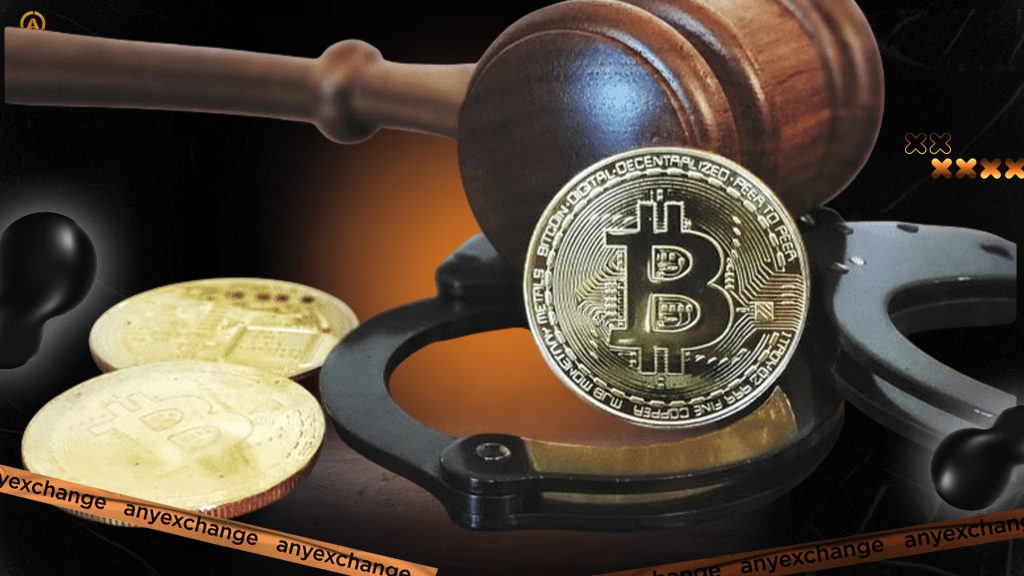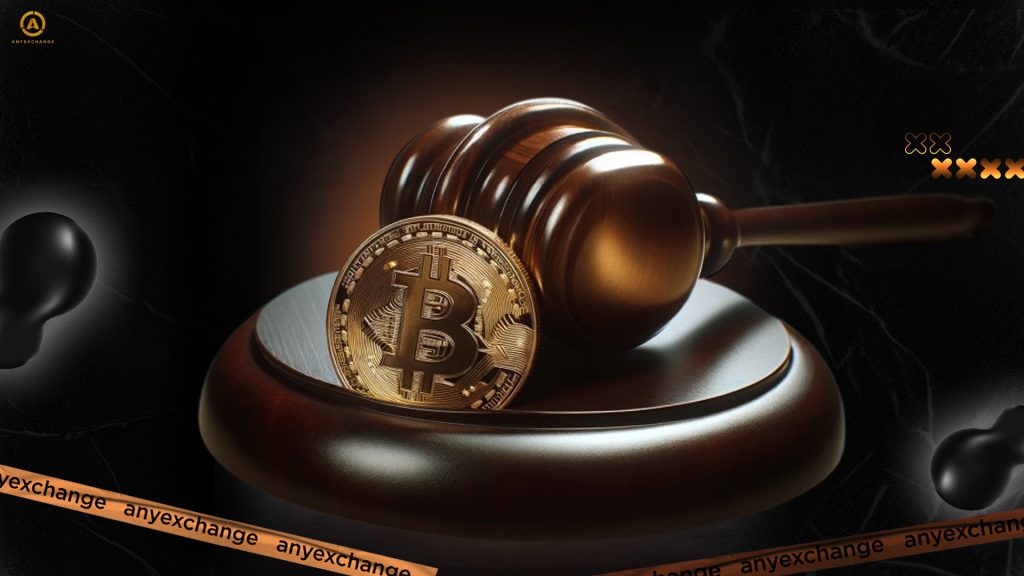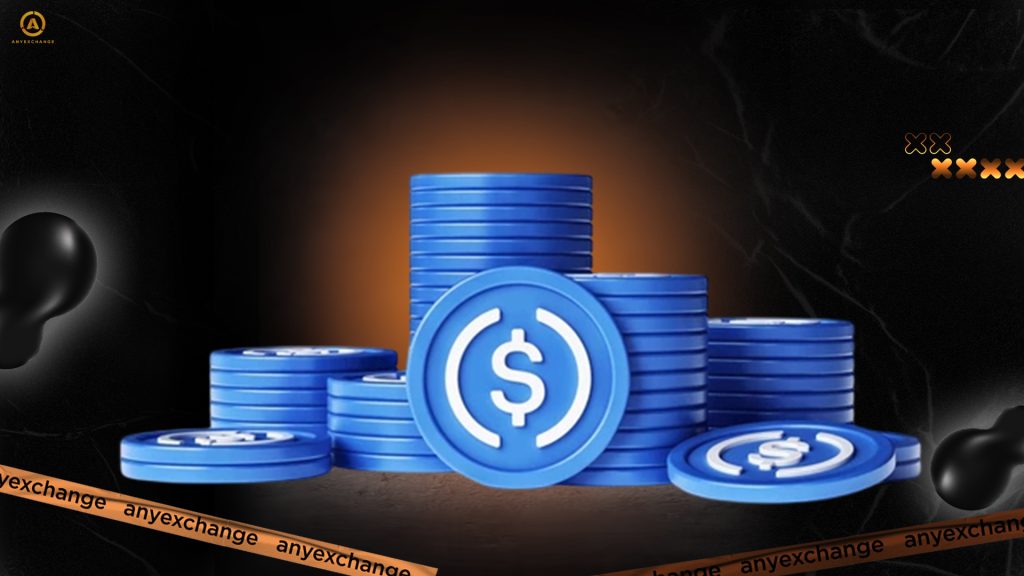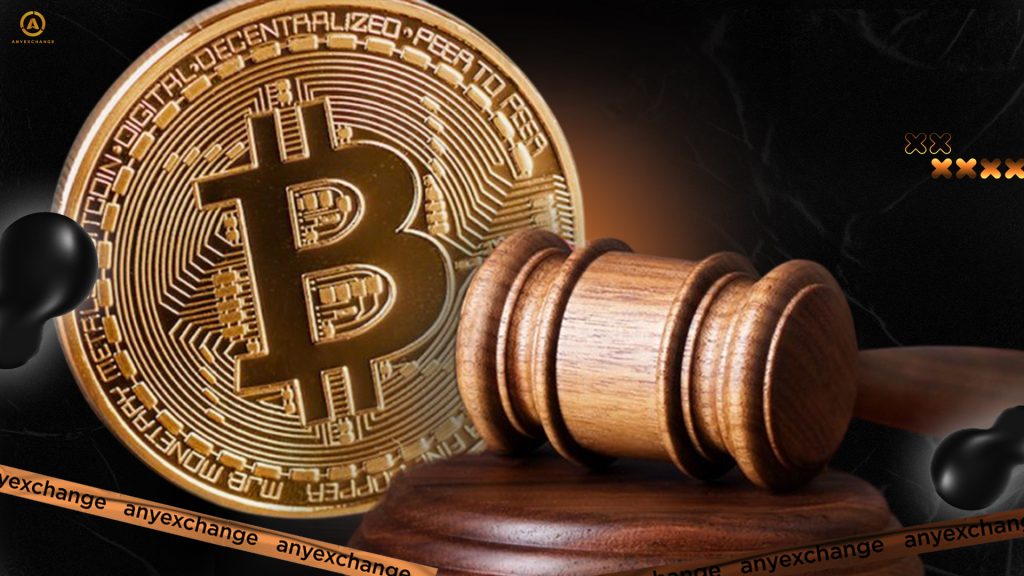
The world of digital assets continues to experience rapid development and qualitative transformation at the same time. Countries have begun to seriously rethink their digital money policies, and 2025 is the year when cryptocurrency regulation reaches a new level.
Last year was a catalyst: the launch of the first cryptocurrency ETFs in the US, the activation of anti-money laundering laws in Asia and the full approval of MiCA in the EU showed that the era of the “Wild West” in the crypto industry is coming to an end. Governments, investors and users are beginning to realize that without clear rules of the game, there will be no stability and no trust.
This article will help you understand how new cryptocurrency laws will affect the market, businesses and ordinary investors in 2025. We will break down the key initiatives around the world and the possible consequences that await the industry in the near future.
Why does cryptocurrency regulation matter?

The explosive development of the cryptocurrency market has made it an integral part of the global economy. According to CoinMarketCap, its capitalization was approximately $750 billion in January 2021 and will exceed $2.7 trillion by early 2025. Every year, the world understands more clearly that such a significant macroeconomic segment requires clear and fair regulation.
In turn, for the crypto market itself, the lack of transparent cryptocurrency legislation hinders the attraction of institutional investment and the development of large long-term projects. Finally, cryptocurrency regulation is not only about control, but also about protection: a regulated market reduces risks for investors and increases financial security.
Moreover, the fact that crypto assets are outside the legal framework not only promotes innovation, but also increases fraud, money laundering and illegal financing.
And the European uniоn has set the pace in addressing all of these issues within its jurisdiction: in 2024, MiCA (Markets in Crypto-Assets), a regulation providing a single legal framework for all digital asset market participants in the EU, was fully adopted. Similar initiatives are gradually being implemented in other countries.
These processes are attracting institutional investors: thanks to the growing legal certainty, insurance companies, pension funds and banks are beginning to see and invest in crypto projects and the tokenization of real-world assets as a promising direction.
Key regulatory changes in 2025
If we briefly characterize the global regulation of cryptocurrencies this year, we can say the following: some countries are striving to fully integrate digital assets into their economies, while others continue to tighten controls or even ban the use of cryptocurrencies.
Let’s take a closer look.
- EU. Full implementation of MiCA.
As of January 2025, EU countries have already officially implemented all MiCA provisions. This makes the European uniоn one of the most transparent and trustworthy markets to deal with crypto.
- USA. ETF development and regulatory uncertainty.
Following the launch of cryptocurrency ETFs in 2024, interest in digital assets has increased significantly in the US. According to Bloomberg estimates, the volume of funds in crypto ETFs exceeded $40 billion in the first quarter of 2025. On the regulatory front, however, the situation remains unclear: the SEC and CFTC are still battling over jurisdiction, while the agencies’ guidance remains completely uncertain. Congress is currently considering a new cryptocurrency law, with a vote scheduled for August 2025.
- Asia: dual trends.
In China, the authorities continue their repressive policies — cryptocurrency mining and trading remain banned, and control over cross-border payments using crypto services is tightening. Japan, on the other hand, is taking a progressive approach, introducing the DeFi regulation in 2025 to prevent money laundering and protect users while keeping the ecosystem open.
- Rogue states: russia, iran, dPRK.
Countries with authoritarian regimes continue to use digital assets as a way to circumvent sanctions and fund gray schemes. russia is testing a digital ruble, which is essentially a tool for internal control rather than innovation.
- Developing countries: moving toward a civilized market.
In many developing countries in 2025, there is a clear course towards the formation of transparent and predictable cryptocurrency legislation as a tool to stabilize the economic situation and improve financial inclusion. Ukraine was one of the first countries in Eastern Europe to introduce a licensing systеm for crypto exchanges and a platform for monitoring digital asset transactions, providing legal protection for both local projects and foreign investors. In Pakistan, cryptocurrencies received official status as regulated financial instruments, allowing banks and fintech companies to offer blockchain-based solutions and open access to cross-border payments. Brazil is actively developing infrastructure for asset tokenization, and the Central Bank is experimenting with the digital real. Kenya, one of the leaders in mobile payments, introduced mandatory registration for crypto services in 2025 and strengthened cybersecurity measures for cryptocurrencies.
Regulation of mining and stablecoins

- Cryptocurrency mining. Many countries are implementing new reporting standards, requiring miners to register with tax authorities, disclose mining volumes and energy sources used. The US, Canada and Germany have introduced ESG reporting requirements for large-scale mining operations in line with the sustainability agenda.
Regions with energy shortages, such as Texas, Kazakhstan and parts of Eastern Europe, have imposed restrictions or temporary bans on mining during peak consumption periods. This is motivating the industry to switch to green energy sources.
- Stablecoins. Because they are most closely tied to traditional financial systems, they are the first to come under regulatory scrutiny. These assets play a key role in DeFi and cross-border payments, providing liquidity and stability in settlement.
Following the collapse of Terra in 2022, countries, international organizations, and financial giants have come together to implement uniform standards for the regulation of stablecoins. In particular, Fidelity has introduced an initiative to mitigate financial security risks: every stablecoin must be backed by 100% reserves and undergo regular audits.
Impact of regulation on the market
Among the positive effects, the attraction of institutional investors stands out. The launch of crypto ETFs in the US has led to a massive inflow of capital from giants such as BlackRock, Fidelity and Ark Invest. In the EU, insurance funds and banks are actively participating in blockchain-based projects.
Regulation also contributes to the growing trust in cryptocurrencies. Ordinary users feel more secure: companies are obliged to comply with KYC/AML standards, maintain reserves and insure assets. The result is more long-term investment.
At the same time, blockchain technology continues to be actively integrated into traditional finance. Banks, insurance companies, and government registries around the world are testing blockchain to record assets, issue bonds, and track supply chains. Cryptocurrencies are no longer perceived as an anarchic threat — they are becoming part of the legal financial architecture.
In addition, thanks to a stable legal framework, the asset tokenization and DeFi segments are actively developing. In Switzerland and the United Arab Emirates, licensed platforms for the tokenization of real estate and securities have already appeared in the first quarter of 2025, serving both local clients and international funds.
But there is a flip side to this coin. Increased taxation, licensing, auditing and reporting requirements increase costs for businesses. It becomes harder for startups to get off the ground without significant legal and financial resources. For example, registering a cryptocurrency exchange in the EU can cost more than €100,000.
Private investors also face restrictions: some countries limit access to certain tokens or trading strategies, especially leveraged trading. This limits opportunities and hinders the free management of funds.
Challenges and risks of regulation
The main challenge is the lack of a unified approach to regulation globally. While the EU, Japan and the UAE are building an open and transparent model, China and rogue states continue to build closed and repressive systems. This creates challenges for multinational companies and international investors operating in multiple jurisdictions.
The balance between control and innovation has yet to be struck. Too much regulatory pressure can kill the startup environment and push developers into gray areas. Too lax an attitude can create an environment for financial crime.
Finally, regulation contradicts the original philosophy of the cryptocommunity: the very idea of decentralization is based on escaping government control. This is why many crypto project developers still refuse to embed KYC mechanisms, and cryptocurrency cypherpunks vehemently oppose any oversight in the ecosystem.
The future of cryptocurrency regulation

Cryptocurrency regulation seems to be entering a new phase in 2025, from chaos and inconsistency to steps towards building global rules of the game. Against the backdrop of a busy first quarter for lawmakers, analysts predict further relative stabilization. Further legislative developments are expected in the US, where federal cryptocurrency legislation covering cryptocurrency taxation, DeFi regulation, NFT and user identification may be passed. Disruptions in the regularity of the processes of further legitimization of the crypto market may be associated primarily with the tense geopolitical situation and attempts by authoritarian regimes to distort the direction of development of decentralized technologies.
As for the future, experts tend to see two likely scenarios: the formation of unified fair international standards or fragmentation into “crypto alliances” with incompatible rules. While the majority of the world’s countries are leaning toward unification, some states continue to support a closed model based on tightening internal controls rather than global progress.
Conclusion
Fortunately, cryptocurrency regulation in 2025 is still a step toward industry maturity rather than an element of inhibition. It continues to lay the groundwork for its full existence in the global financial landscape. With new laws being developed in collaboration with professional cryptocurrency market participants, crypto startups and investors are getting more certainty, and users are getting more protection.
FAQ
What are the taxes on cryptocurrencies in 2025?
Most countries impose capital gains tax on income from cryptocurrency transactions. The EU and the US have a requirement to declare cryptocurrency profits, and some countries also have taxes on mining and staking.
What are cryptocurrency ETFs?
Cryptocurrency ETFs are exchange-traded funds that track the price of crypto assets. They allow you to invest in cryptocurrencies through traditional stock markets.
How will regulation impact mining?
Miners will have to comply with reporting requirements, disclose energy sources, and in some cases, switch to renewable energy sources. In certain regions, mining is restricted or banned due to energy shortages.
Will it be safe to invest in cryptocurrencies in 2025?
With increased regulation, investments are becoming safer — there are fewer scams, insured platforms and regulators. But the market is, in any case, volatile and requires an informed approach.
What is MiCA and how will it change the market?
MiCA is an EU regulation that establishes uniform rules for the circulation of digital assets. It defines legal rules for licensing, consumer protection and financial reporting. MiCA aims to make the cryptocurrency market more transparent and secure.
Thank you for your attention! Invest safely and profitably!
AnyExchange is an exchanger through which you can quickly and safely convert popular cryptocurrencies at the most favorable rate, as well as make anonymous money transfers worldwide.





